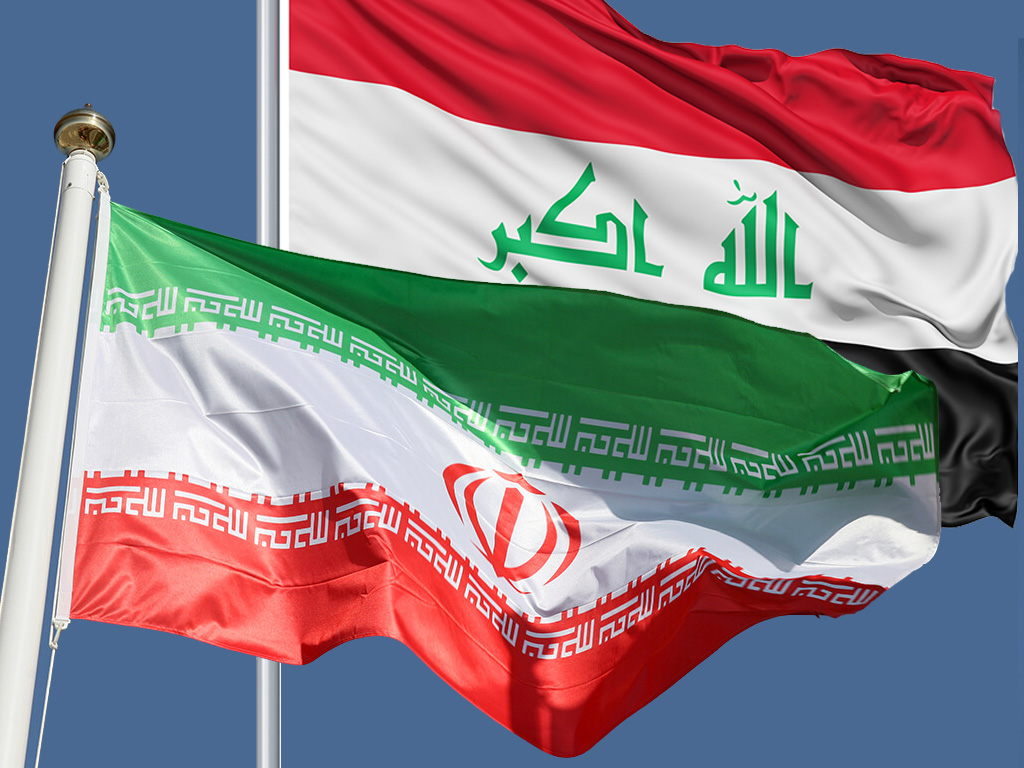US Dollar Abolished From Iran-Iraq Trade

EghtesadOnline: The US dollar has been completely eliminated from trade deals conducted between Iran and Iraq due to US sanctions and the neighboring countries have shifted toward the euro and national currencies, the head of Iran-Iraq Chamber of Commerce said.
“Dollar transactions between Iran and Iraq have been removed and a majority of deals are now being conducted with the euro, rial and Iraqi dinar,” Yahya Al-e Es’haq also told IBENA on Saturday.
US sanctions, whose first batch were reimposed after a wind-down period ended on Aug. 6 following a unilateral withdrawal by US President Donald Trump from Iran’s nuclear accord, seek to limit or eliminate Iran’s access to dollar transactions among other things.
Early August, Iraqi Prime Minister Haider al-Abadi said Iraq disagrees with the US sanctions on Iran but would abide by them to safeguard its own interests. His comments triggered much criticism in Iran, according to Financial Tribune.
However, mid-August, he retracted this commitment, saying his government would only respect the dollar ban in transactions with Iran.
“I did not say we abide by the sanctions; I said we abide by not using dollars in transactions. We have no other choice,” Abadi told a news conference in Baghdad, as reported by Reuters.
Asked if Baghdad would stop imports of commodities, appliances and equipment by government companies from Iran, he said the matter is still being reviewed.
“We honestly have not made any decision regarding this issue until now,” he said.
The United States and Iran, increasingly at odds, are Iraq’s two biggest allies and the sanctions put Abadi’s outgoing government in a difficult position.
According to the head of Iran-Iraq Chamber of Commerce, a portion of current deals between traders of the two countries is conducted in the form of negotiated or commodity trade.
“In spite of the $8 billion volume of trade between Iran and Iraq, money transfer through the banks is very low between the two countries,” Al-e Es’haq said, answering a question concerning the role of banking system in bilateral ties.
The official pointed out that many barriers stand in the way of establishing a joint bank to facilitate transactions and said high-level officials must eliminate banking hurdles as a top priority since the current volume of trade has materialized under the worst conditions.
He identified Iraq as Iran’s second biggest trade partner after China, but also pointed out how Iran’s trade with Iraq differs from its dealings with China.
“Iran’s exports to China chiefly comprise of petrochemical products but Iranian traders export everything from tomato paste to construction materials to Iraq and this entails a high employment capacity,” he said.
According to Nasser Behzad, Iran’s commercial attaché to Iraq, the average value of Iran’s exports to Iraq is the highest among those dispatched to other destinations.
He said in early August that the average value of Iran’s exported commodities to Iraq during the first four months of the current fiscal year (March 21-July 22) stood at $527 per ton, which is 1.2 times higher compared to the average value of Iran’s exports elsewhere.
The average value of Iran’s exports to China and the UAE, the Islamic Republic’s first and second export destinations during the period stood at $336 and $456 respectively.
Iran exported a daily average of $20 million worth of commodities to Iraq during the period. According to statistics from the Islamic Republic of Iran Customs Administration, Iran’s exports to Iraq hit 4.78 million tons worth $2.52 billion during the four months to July 22, up 14.12% and 23.19% in tonnage and value respectively year-on-year.
Iraq was Iran’s third biggest export destination during the period.
The exported goods to the neighboring country included 10,000 types of commodities, such as plastic products, agro and processed products, industrial machinery and parts, mineral products and construction materials.


